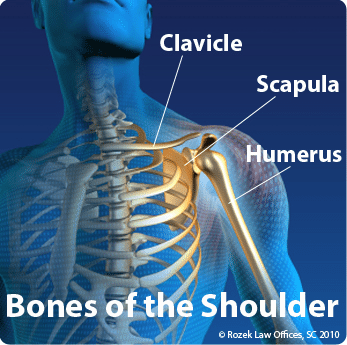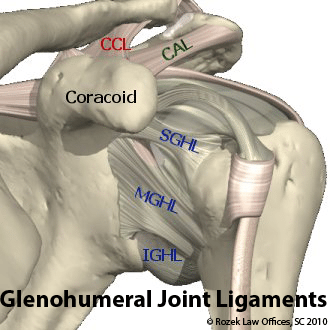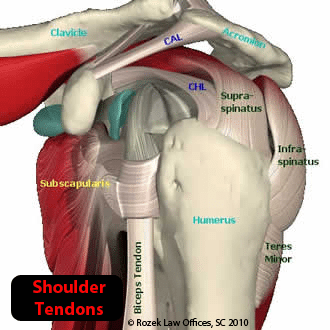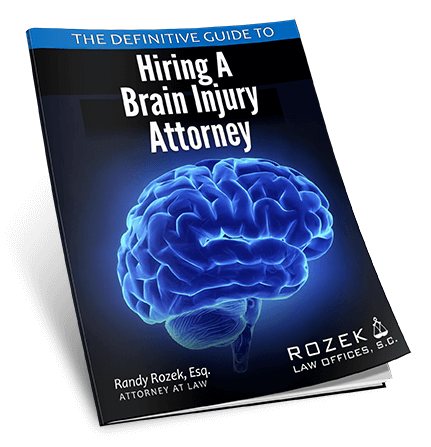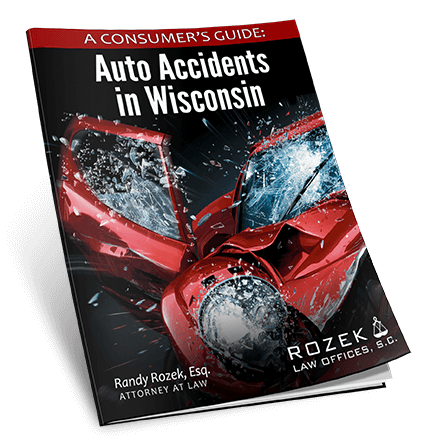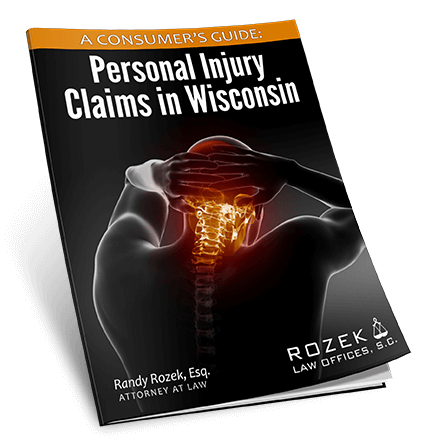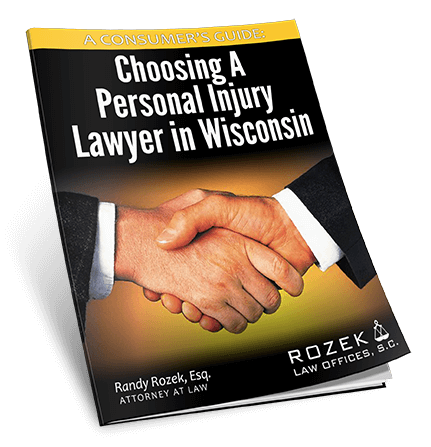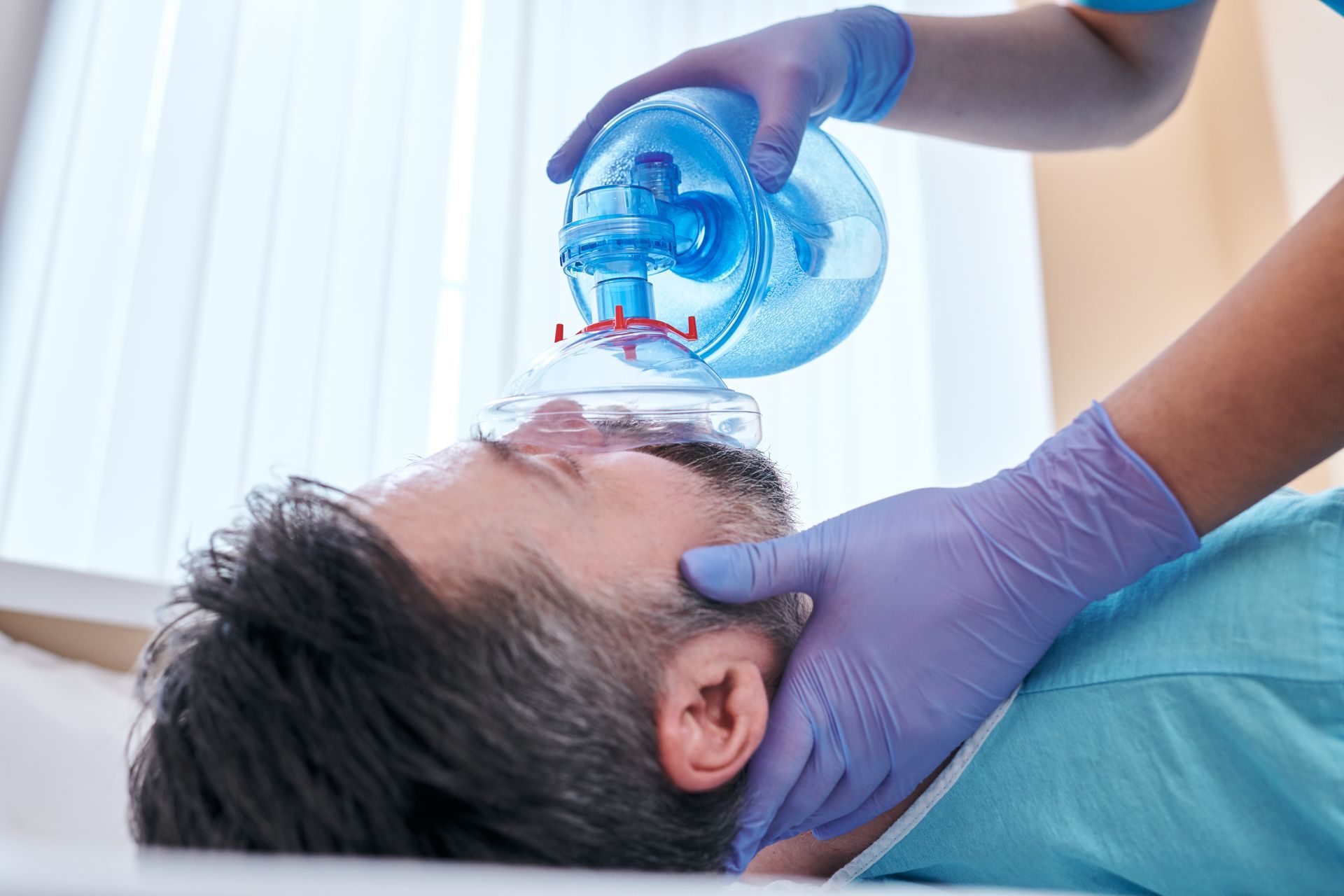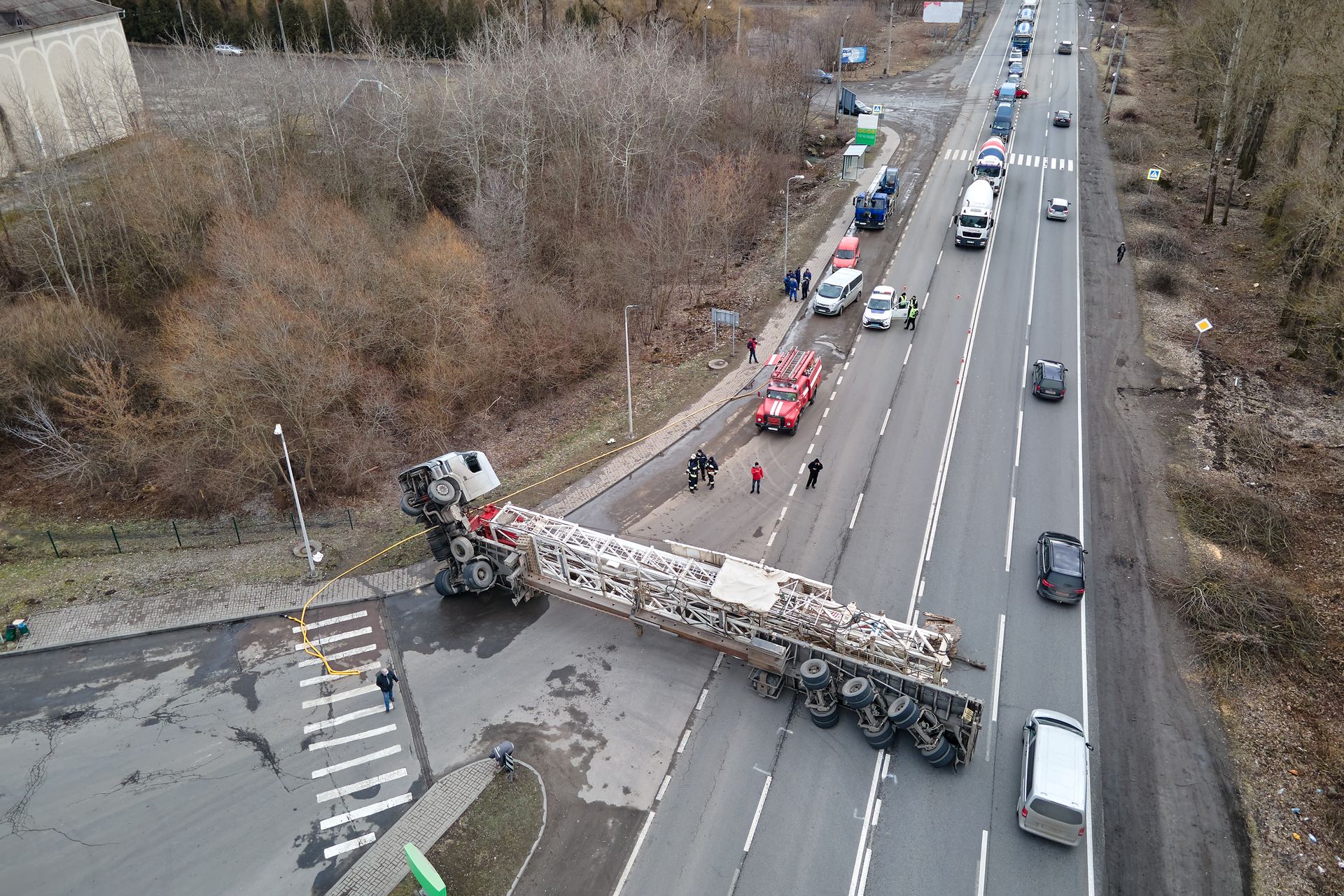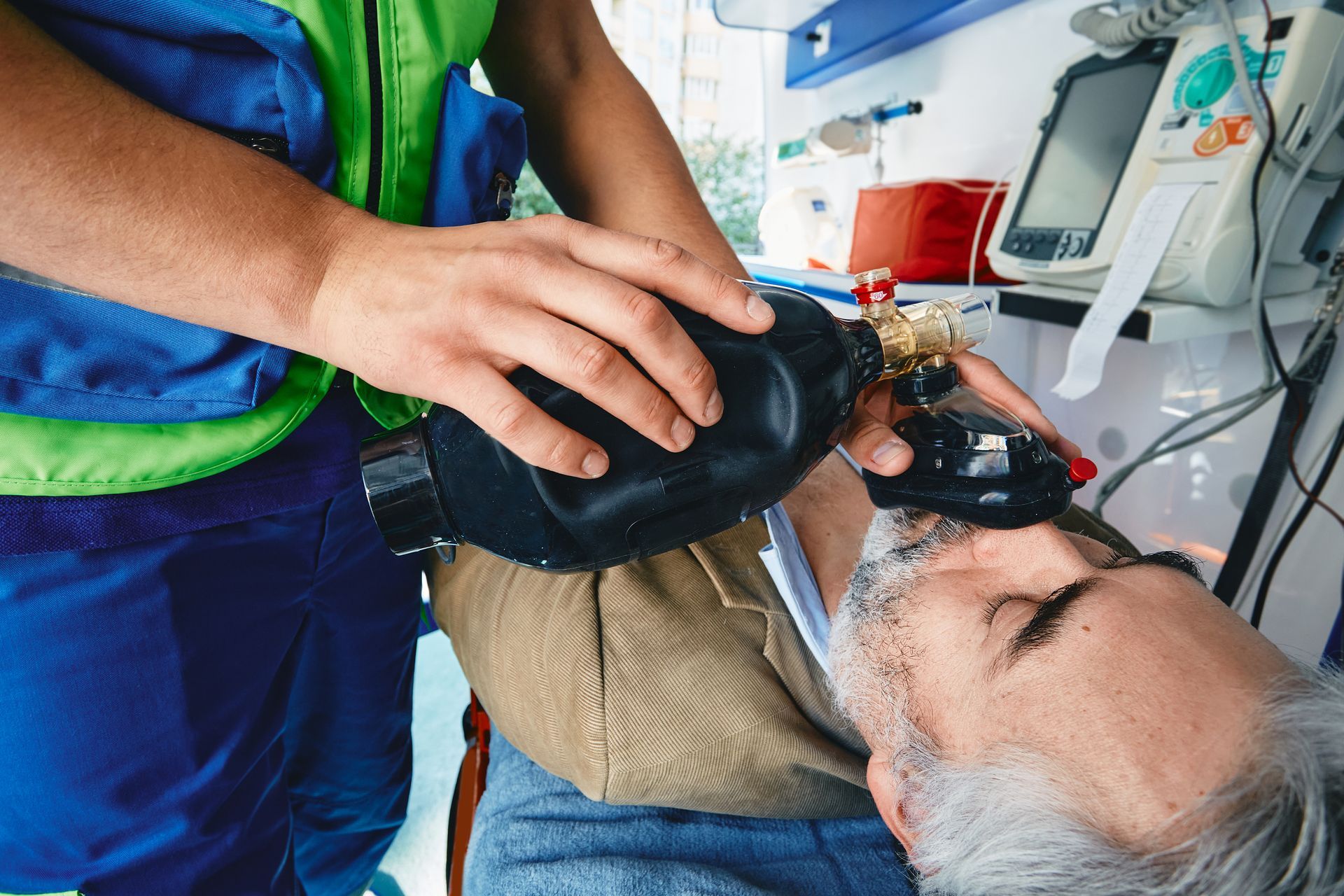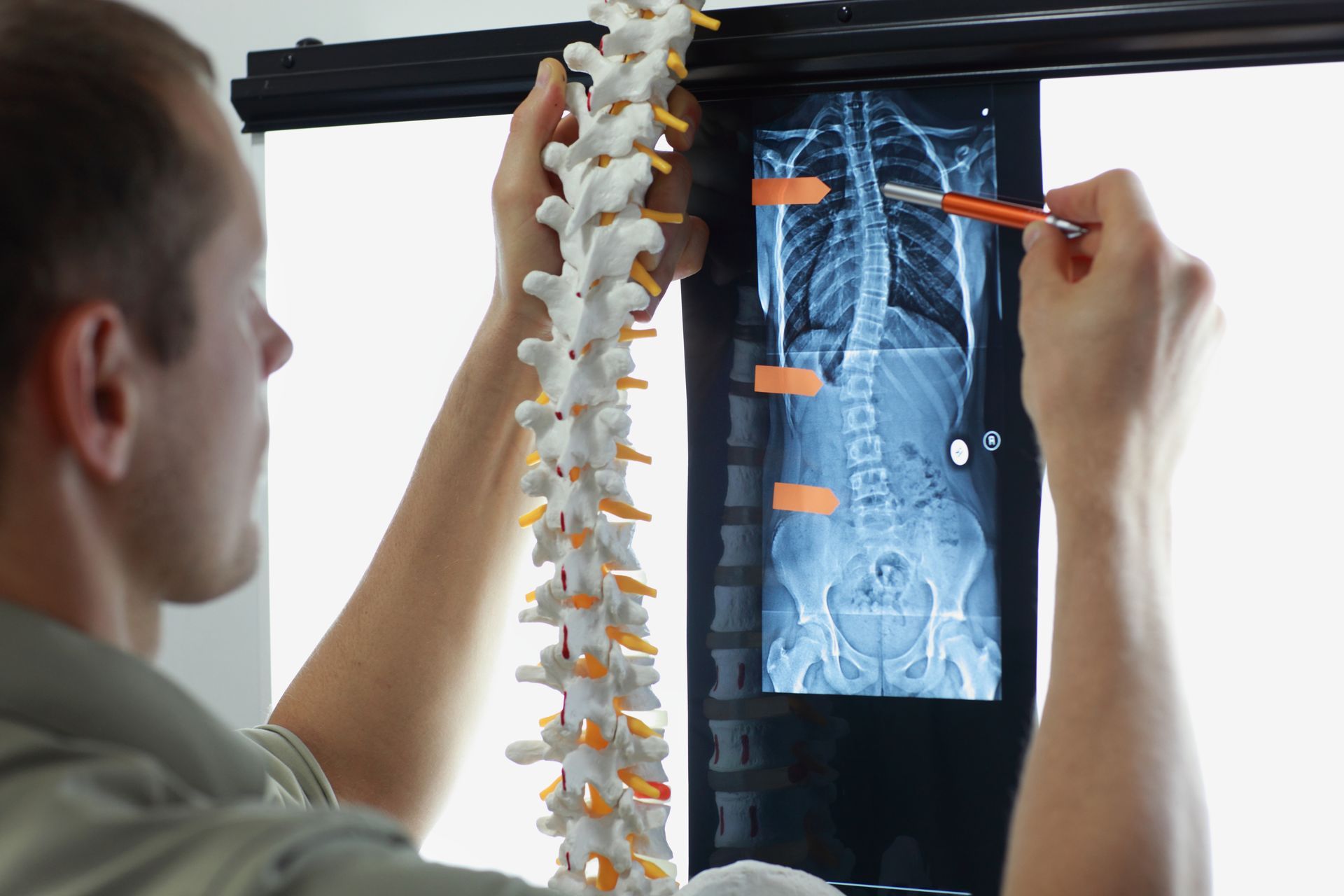While we have offices in Milwaukee and Madison, we handle shoulder injury cases that happen throughout Wisconsin.
The Shoulder is one of the most complex anatomical areas of the body, making it highly susceptible to injury. A healthy Shoulder has the most flexibility and range of motion of any joint in the human body. However, with three different Joints and a vast network of Muscles, Tendons, Ligaments and Bursa Sacs, the shoulder has many parts that can be injured through trauma.



